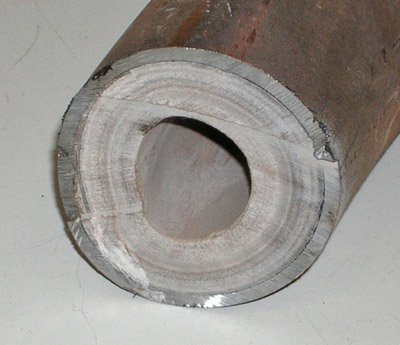Big flavor, simple ingredients, and zero need for outdoor cooking.
Every so many months, we make it our mission to dig about in the back of the pantry cabinet and check for things getting dangerously close to their best-by dates. This round, we found some coconut milk and a bottle of San-J Thai peanut sauce, and we decided a satay was in order. The grill, unfortunately, was not an option, since we've had rainy weather for the whole week, so we chose to omit the skewers and charcoal and employ a hefty saute pan instead. Turns out, a little flexibility goes a long way in the kitchen. With a few simple swaps and the right technique, you can enjoy all the bold flavors of a classic satay—no grill required.
Ingredients:
1 pound chicken tenderloin
1/2 large yellow onion
1 tablespoon extra virgin olive oil
8 ounces peanut sauce, divided
6 ounces coconut milk (about half a can)
1 tablespoon red curry paste
1 tablespoon low sodium soy sauce
1 teaspoon lemon juice
1 teaspoon cumin
1/2 teaspoon coriander
1/2 bag fresh spinach
Tools:
gallon Ziploc bag or other watertight container for marinating
measuring cups and spoons
cutting board
knife
tongs
spoon
large saute pan with lid
can opener (if your coconut milk doesn't have a pull tab)
The night before, put your chicken into a Ziploc or other container, shake the bottle of peanut sauce and pour 3-4 ounces of the sauce over the chicken, seal the container up and set it in the fridge to marinate overnight (and to safely defrost, if necessary).
In the event your veggies aren't washed and ready to go, take a moment and wash them before you begin all the other steps. The spinach in particular will take a bit to drain.
Measure your olive oil into the saute pan and tilt to spread it around. Add extra if you feel so compelled, but we don't feel like it really needs much. You may even need less if you're using a nonstick saute pan.
Food safety rules dictate that the first item on the cutting board should be your onion (veggies before raw meats to avoid cross contamination; a good habit to stick to, even though in this case we intend to cook the onion and chicken together). Trim the ends, cut in half down the center, and save half for something else. Cut the remaining half down into skinny slivers, separate the onion layers and toss them into the saute pan with the olive oil.
Drain off and discard the watered-down peanut sauce from the chicken, and cut the chicken into bite size pieces. Use the tongs to transfer the chicken to the saute pan, then crank up the heat to medium and place the lid on the pan. Allow the chicken and onion to cook for about five minutes, stirring occasionally. Larger pieces of chicken will call for longer cooking times, but the goal is to cook the chicken through. If in doubt, you can always use a meat thermometer.
Shake and pop open your can of coconut milk and measure six ounces (about half the can) into the pan. Add the soy sauce, lemon juice, and red curry paste. Stir until a uniform color is achieved. It'll take a little convincing for the curry paste to melt into the sauce. This why we're holding off on our other darker-colored ingredient for a moment: to ensure we get that paste evenly distributed.
Reduce the heat to a quick simmer, place the lid back onto the saute pan, grab and shake the bottle of peanut sauce, and make sure you've got most of the moisture out of your fresh spinach. Give it a little squeeze or press if necessary; you don't want to accidentally water down your sauce. The spinach brings enough moisture without excess water.
Remove the lid from the pan, sprinkle in the cumin and coriander, add four ounces of the peanut sauce, and stir thoroughly. Allow to simmer - uncovered this time - until the sauce reduces, about four minutes.
Add in the spinach, stir quickly, put the lid back on, and turn off the heat under the saute pan. Allow everything to sit undisturbed for a few minutes, watching until the spinach is visibly wilted.
Lift the lid, stir again to distribute the spinach evenly, and serve with your choice of carbohydrate (rice being the most traditional choice).
Great meals don’t always need elaborate planning—sometimes, all it takes is working with what you have. The same goes for your kitchen. Whether it’s a quick fix or routine maintenance, keeping your appliances in top shape ensures that every meal, whether planned or improvised, comes together without a hitch. If your stove, fridge, or any other essential appliance needs attention, our team at Appliance Rescue Service is ready to help. Because when your kitchen runs smoothly, so does everything else.
Website
Call (214) 599-0055
Additional Reading
Energizing Tuna and Turmeric Rice Balls: Perfect for Busy Days





















